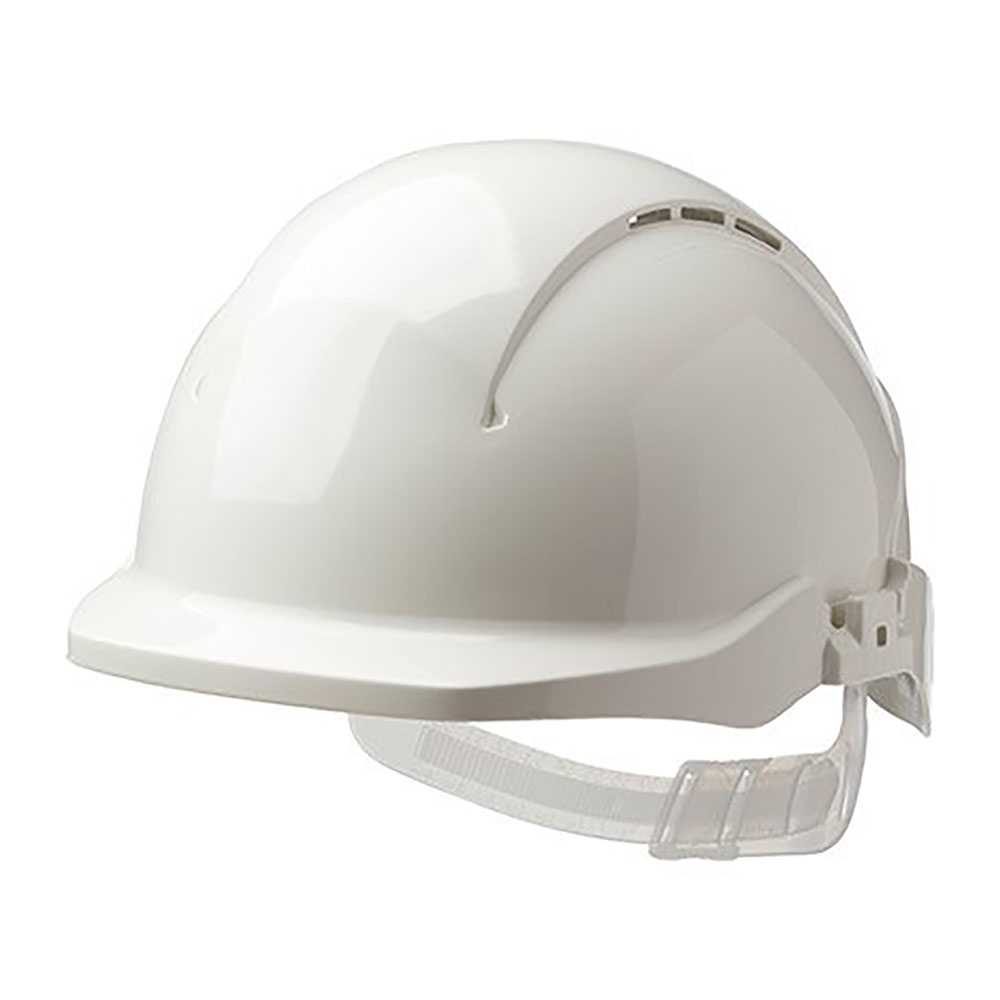Because our brains control every aspect of both what we do and what we are, a life-changing head injury can have shockingly far-reaching consequences. Not only for the injured party – the emotional and financial ramifications for both their employers and family can be potentially catastrophic.
According to brain injury charity,
Headway, head injuries account for 20% of overall injuries at work, but head protection, including safety helmets, only accounts for 3% of PPE purchases. Added to this, many businesses report that ensuring their workforce wear their safety helmets correctly is a particular challenge. It is important to examine the reasons for this to understand how your employees can be better protected.
Available Safety Standards:
About EN397
EN397 is the current safety standard specifying physical and performance requirements for safety helmets. To comply with this standard, impact and shock absorption properties are tested under different circumstances and penetration resistance is measured. Any helmet complying with the standard must have fixings for, or a chinstrap present. Chinstraps are now viewed as an essential part of safety headwear; a four-point chinstrap will eliminate the possibility of the helmet falling off in the event of a fall.
Centurion Concept Safety Helmet
The
Centurion Concept is an EN397 compliant helmet that is lightweight, ventilated and highly durable.
More info & ordering
| 
|